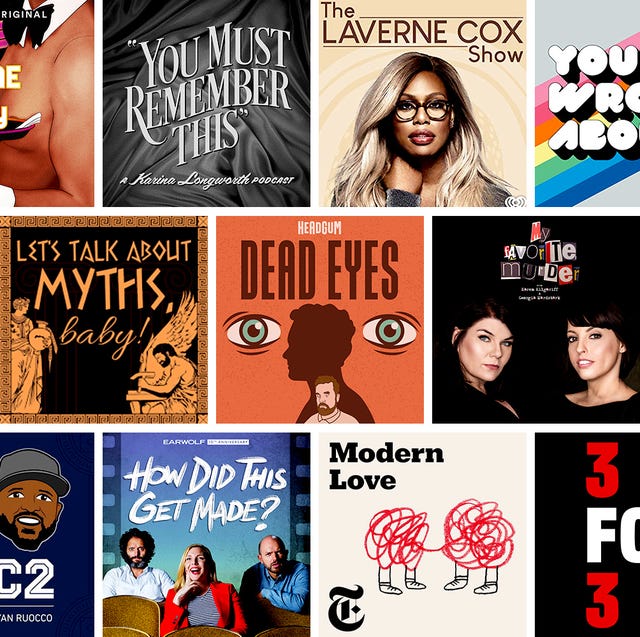Buzz Haven: Your Daily Dose of News
Stay informed and entertained with the latest buzz in news, trends, and insights.
Ditching the Radio: Why Podcasts Are Here to Stay
Discover why podcasts are taking over airwaves! Join the audio revolution and find out why they're here to stay for good.
The Evolution of Audio: How Podcasts Became the Preferred Choice
The evolution of audio media has undergone significant transformations over the decades, moving from traditional radio shows to the modern era of streaming and on-demand content. In the early days, radio was the primary medium through which audiences accessed spoken word entertainment and news. However, with the advent of the internet and advancements in technology, the rise of podcasts marked a pivotal shift. What began as a niche medium has exploded in popularity, with millions of podcasts now available on a myriad of topics catering to diverse interests. This accessibility and variety are key reasons why podcasts have emerged as the preferred choice for many listeners.
One of the defining characteristics of podcasts is their flexibility; listeners can tune in at their convenience, whether during commuting, exercising, or relaxing at home. This on-demand nature allows audiences to consume content at their own pace, a sharp contrast to traditional radio broadcasts that follow a set schedule. Additionally, the personalization and intimacy offered by podcasts create a unique listening experience, often fostering a loyal community. With the ability to connect deeply with hosts and engage with like-minded listeners, it's no wonder that podcasts have captured the hearts of millions, solidifying their status as a dominant audio medium in today's content-driven landscape.

Top Reasons Why Podcasts Are Here to Stay in a Digital World
In today's fast-paced digital world, podcasts have emerged as a unique and engaging medium for storytelling, entertainment, and education. The rise of smartphones and the accessibility of internet connectivity have fueled this trend. Unlike traditional media, podcasts allow listeners to consume content on-the-go, making it an ideal choice for busy individuals. With a vast array of topics available, from true crime to personal finance, podcasts cater to diverse interests and demographics. This adaptability ensures that they remain relevant and appealing in an ever-evolving digital landscape.
Moreover, podcasts foster a sense of community and connection among listeners. They offer a platform for voices and stories that may not be represented in mainstream media, allowing for authenticity and relatability. As more people engage with podcasts, they become a vital source of information, entertainment, and perspective in our daily lives. Additionally, the rise of podcasting networks and subscription models indicates that both creators and listeners are committed to supporting this medium. As a result, it is clear that podcasts are here to stay, firmly establishing their place in the digital marketplace.
What Makes Podcasts More Engaging Than Traditional Radio?
One of the primary reasons why podcasts are often seen as more engaging than traditional radio is their ability to cater to specific audience interests. Unlike radio, which typically offers a one-size-fits-all format, podcasts can dive deep into niche topics and create content that resonates with targeted demographics. This personalization allows podcast creators to build a loyal community around shared interests, fostering a sense of connection between the host and listeners. Furthermore, the on-demand nature of podcasts allows users to choose when and how they engage with the content, making it easier for them to absorb information in a way that fits their lifestyle.
Another aspect that enhances the engagement factor of podcasts is the storytelling format employed by many hosts. Unlike traditional radio broadcasts, which can often feel scripted and formal, podcasts allow for a more conversational style that brings a human touch to the content. Listeners are drawn into the narratives, enhancing emotional connections and creating a more immersive experience. Additionally, the inclusion of interactive elements such as listener questions, guest interviews, and dynamic soundscapes further enriches the podcasting experience, making it a more vibrant medium compared to conventional radio.